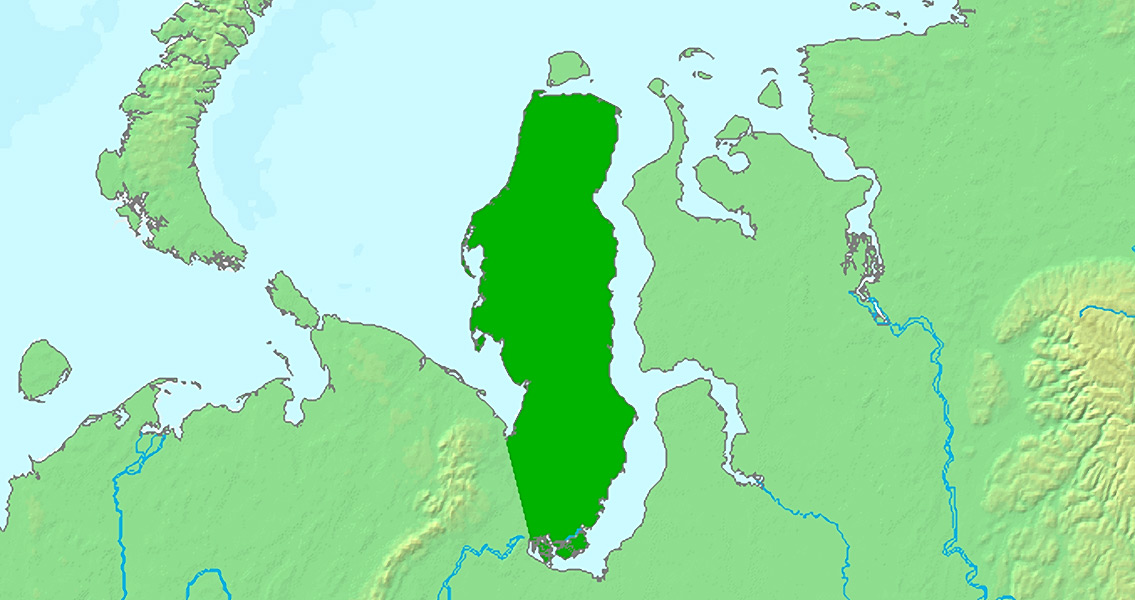<![CDATA[What is possibly the mummy of a child or teenager wrapped in birch bark has been found at a dig in Yamal, eastern Siberia, and dated to around the twelfth or thirteenth century, the Siberian Times reports. This is not the first mummy found by archaeologists working at the Zeleny Yar site; it adds to a growing body of evidence of an ancient culture that has fascinated scientists with its possible links to Persia. The latest find has been taken to Salekhard, the capital of the Yamal-Nenets region where Zeleny Yar is located, and will be examined in the weeks to come. So far the researchers have established that the body – if there is indeed a body – was wrapped in a “cocoon” of birch bark and beneath the cocoon there is metal, probably copper. It was this combination of metal, bark and the permafrost which preserved the body. The team are basing their suggestions as well as the expectation that there is a body inside the cocoon, on previously discovered mummies at the site. In previous years, five mummies have been unearthed at Zeleny Yar, all of them covered with copper sheets and wrapped in animal furs such as wolverine, bear, beaver, and reindeer. Interestingly, all but one of the five mummies discovered before this latest one were found to be of males, including three infants and an adult man, and only one was of a young woman. The babies’ bodies were bound in several copper hoops each, and the girl’s mummy had a copper sheet on her face. The adult mummy was covered with copper sheets from the chest to the feet. According to the researchers studying the site, the sandy soil, combined with the copper which prevented oxidation, and the cooling of the climate some time in the fourteenth century, are responsible for the mummification of the remains. Another interesting fact was that the feet of all the bodies pointed to the Gorny Poluy river that flows near Zeleny Yar, perhaps for religious purposes. In all cases, including the latest find, mummification occurred naturally the scientists claim - it was not a purposeful activity. In addition to the mummies, 34 shallow graves have been discovered at the site over the years, and 11 sets of human remains, with many of the bones broken, some with missing or smashed skulls. Artefacts found alongside the bodies and elsewhere at the site include furs, an iron hatchet found by the body of the adult male together with a bronze head buckle with a depiction of a bear, and several bronze bowls dated to the tenth or eleventh centuries and originating in Persia, which is 3,700 miles from the Yamal Peninsula. Some other artefacts found at Zeleny Yar are even older, including an iron knife, a silver medallion and a bronze bird that have been dated to between the seventh and the ninth century. All of the mummies but the last one were unearthed prior to 2002, when the local people voiced objections to the archaeological works. Examination of the newly discovered mummy will begin on 15th July, one of the researchers told the Siberian Times. Image courtesy of Wikimedia Commons user: Hardscarf ]]>
13th Century Mummy Found in Siberia
